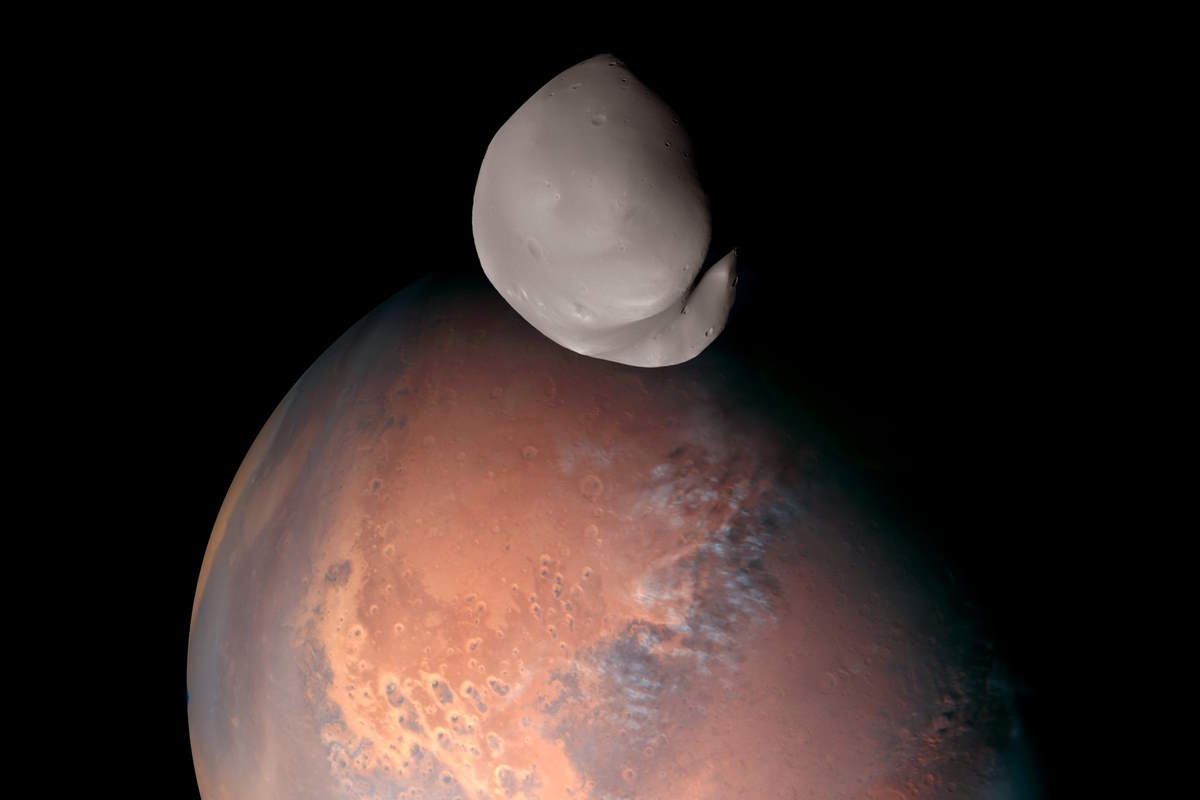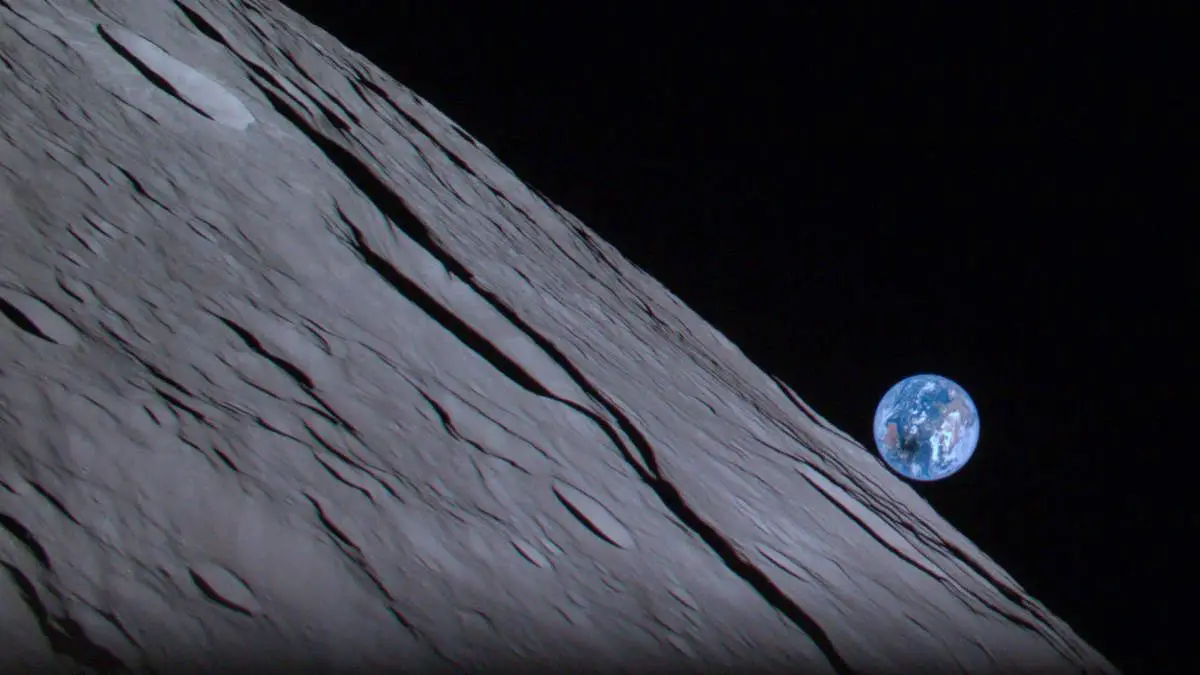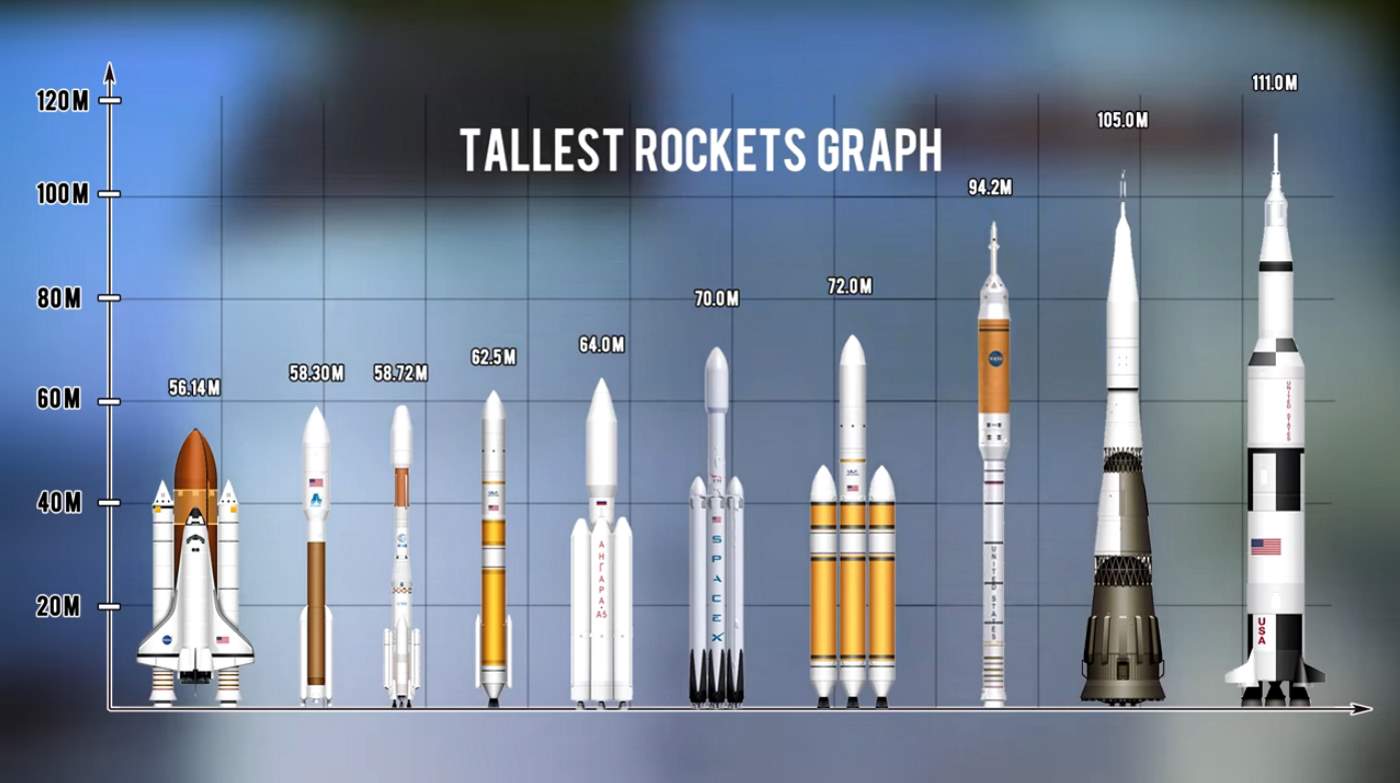The water cycle, also known as the hydrologic cycle, is the continuous process that describes the movement of water on, above, and below the Earth’s surface. It begins with evaporation, where heat from the sun transforms surface water from oceans, lakes, and rivers into water vapor. This vapor rises into the atmosphere, cools, and condenses to form clouds in a process called condensation. Precipitation follows, where water droplets in clouds combine and fall back to Earth as rain, snow, or other forms of precipitation. Some of this water infiltrates the ground, replenishing underground aquifers, while the rest flows into rivers and oceans, restarting the cycle.
Continue reading “What is the Water Cycle? [Explained]”Cassius, the largest crocodile in captivity turns 120
Cassius, holding the impressive title of the world’s largest crocodile in captivity, has just marked a significant milestone – his 120th birthday. Although scientists are working with an estimated age, the sheer longevity of this formidable creature is nonetheless astounding. This occasion marks not only an individual triumph for Cassius but also shines a spotlight on the world of conservation and the intriguing life span of crocodiles. As we celebrate Cassius’s 120 years, we delve deeper into his captivating life journey and the broader implications of his remarkable age.
Continue reading “Cassius, the largest crocodile in captivity turns 120”When the Earth is farthest and closest to the Sun? [Perihelion and Aphelion explained]
The Earth’s journey around the Sun is not a perfectly circular orbit but rather an elliptical one. As a result, our planet experiences variations in its distance from the Sun throughout the year. Two significant events in the Earth’s orbit, known as perihelion and aphelion, mark its closest and farthest points from the Sun, respectively.
Continue reading “When the Earth is farthest and closest to the Sun? [Perihelion and Aphelion explained]”Oil does NOT come from Dinosaurs: The Great Oil Misconception
For generations, a popular myth has been fossilized in our collective consciousness: that oil, our critical energy resource, comes from dinosaurs. This age-old notion, often reinforced by popular culture, has turned out to be just that – a myth. As fascinating as the idea of fueling our cars with remnants of T-Rex or Triceratops may seem, the true origin story of oil is vastly different and goes back even further in Earth’s history. Let’s delve into this intriguing tale of geological transformation.
Continue reading “Oil does NOT come from Dinosaurs: The Great Oil Misconception”Saturn’s rings are no more than 400 million years old, study suggests
A new study led by physicist Sascha Kempf at the University of Colorado Boulder has upended our understanding of Saturn’s iconic rings, suggesting that they may be much younger than previously believed. According to recent research, the majestic rings encircling the gas giant could be no more than a mere 400 million years old. These findings, based on a comprehensive analysis of data from NASA’s Cassini spacecraft, have ignited a scientific debate and raised intriguing questions about the origin and evolution of Saturn’s beautiful ring system.
Continue reading “Saturn’s rings are no more than 400 million years old, study suggests”Adler Planetarium, the first planetarium in the United States was opened on May 12, 1930
The Adler Planetarium is a public museum and planetarium located in Chicago, Illinois, United States. It was the first planetarium in the United States (and also in Western Hemisphere) and is one of the oldest in the world. It was founded in 1930 through a donation from Max Adler (1866-1952), a Chicago businessman and philanthropist who was interested in promoting science education and was opened to the public on May 12, 1930.
Continue reading “Adler Planetarium, the first planetarium in the United States was opened on May 12, 1930”Breathtaking photo of Deimos and Mars captured by UAE’s Hope Probe
United Arab Emirates’ Hope Probe (Arabic: Misbar Al-Amal, al-amal means “hope” in English), which entered Mars’ orbit in February 2021, has captured a breathtaking photo of Mars and its tiny moon Deimos.
Continue reading “Breathtaking photo of Deimos and Mars captured by UAE’s Hope Probe”Solar eclipse as seen from the Moon Orbit
Japan’s ispace Hakuto-R Mission 1 lander captured this stunning photo in orbit around our Moon while a solar eclipse was occurring on Earth last week (September). You can see the Moon’s dark shadow passing above Australia as a dark smudge.
Continue reading “Solar eclipse as seen from the Moon Orbit”Top 12 Tallest Rockets Ever Launched [2023 SpaceX Starship Update]
To be able to reach space, we need rockets. Rocket engines work by action and reaction (“To every action, there is always opposed an equal reaction”, see notes 1) and push rockets forward simply by expelling their exhaust in the opposite direction at high speed and can, therefore, work in the vacuum of space. Space rockets are usually enormous in size because the bigger the rocket is, the more thrust can be produced by its engine and can carry more weight into orbit. Here are the top 12 tallest rockets ever launched in the history of space exploration.
Continue reading “Top 12 Tallest Rockets Ever Launched [2023 SpaceX Starship Update]”The first in-space satellite repair was performed on April 11, 1984
The first orbiting satellite to be repaired in space was NASA’s Solar Maximum Mission, which launched on February 14, 1980, to observe solar flares. Just a few months later, in November 1980, one of the satellite’s altitude control fuses failed. It was put in standby mode, and it remained so until Space Shuttle Challenger [STS-41-C] eventually rendezvoused with it on April 11, 1984. The crew of the STS-41-C mission successfully performed the first in-space satellite repair.
Continue reading “The first in-space satellite repair was performed on April 11, 1984”
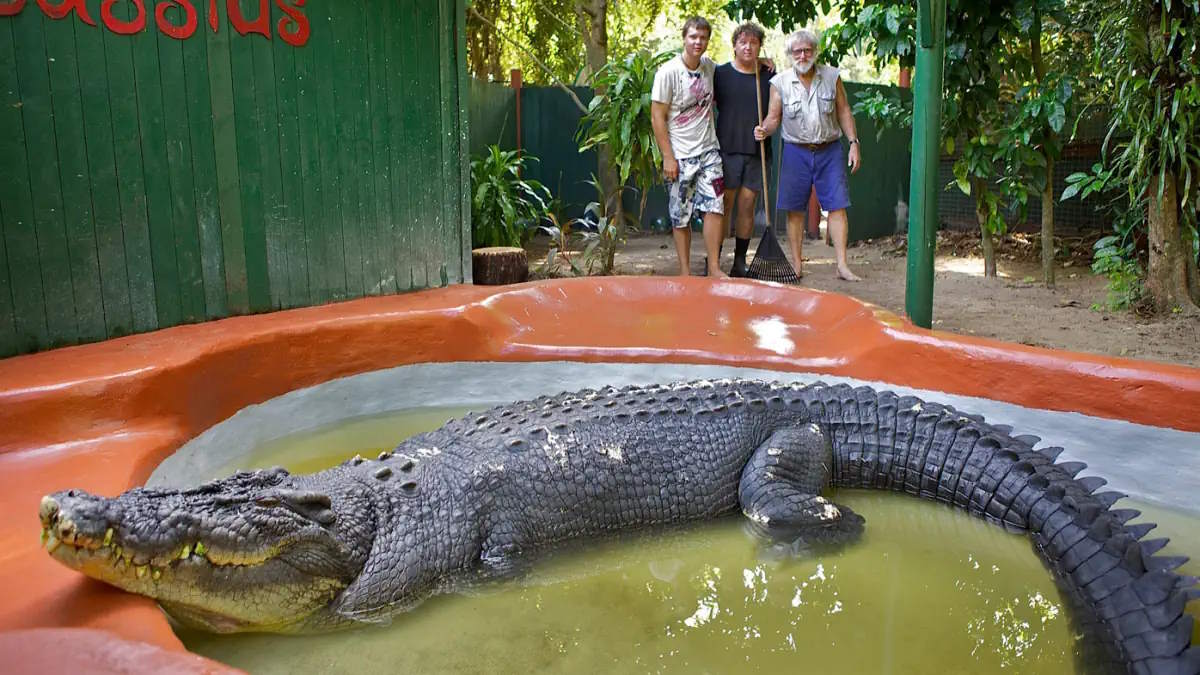
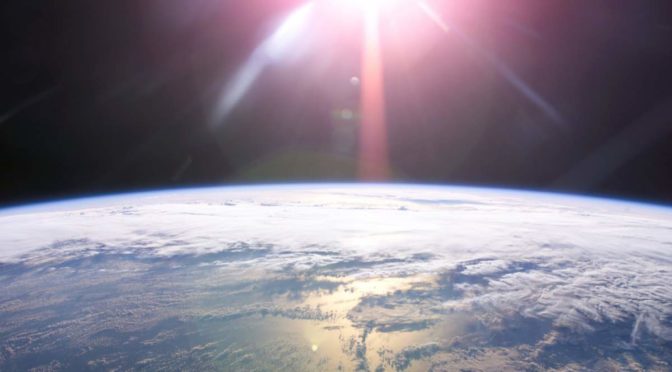
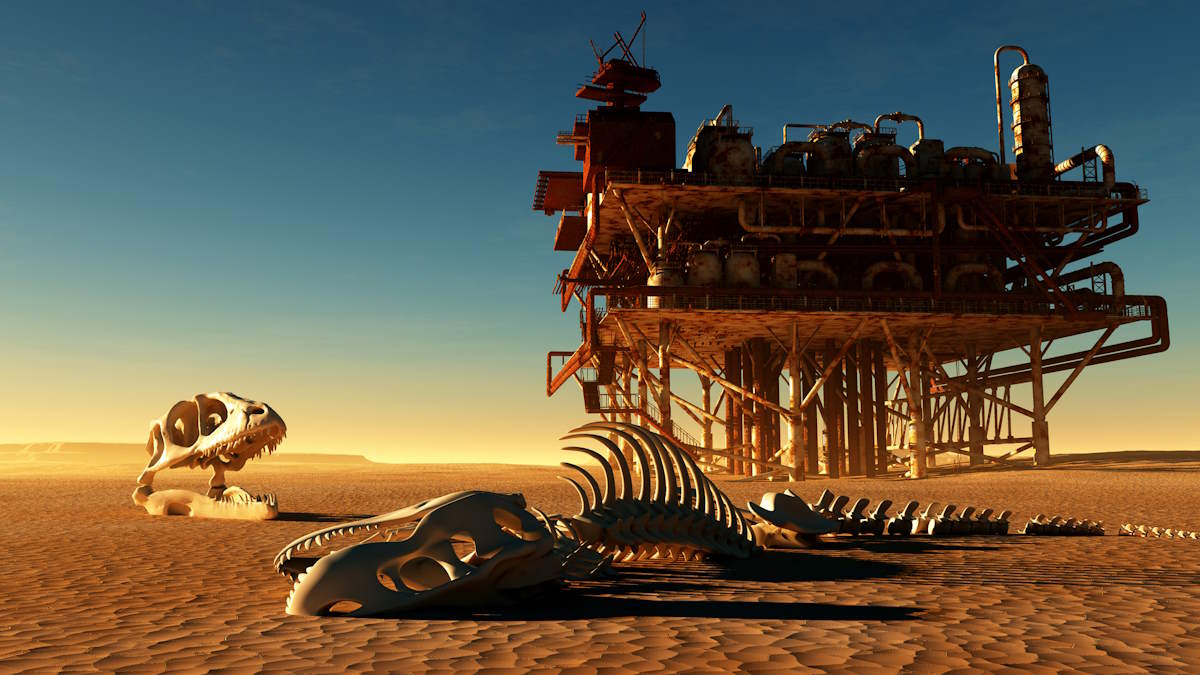
![Cassini image of Saturn and its rings [October 28, 2016]](https://cdn-0.ourplnt.com/wp-content/uploads/2023/05/Saturn-Cassini-2016-10-28.jpg)

